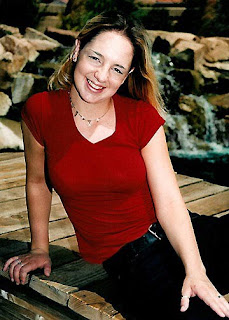 In most cases the subject of your photo is considered to be using the positive space in your image. Anything that is NOT part of the subject is considered to be negative space.
In most cases the subject of your photo is considered to be using the positive space in your image. Anything that is NOT part of the subject is considered to be negative space.Most beginning photographers only concentrate on the subject itself, and that can be a problem. The photograph shown here was taken in front of an apartment complex. If a dog walked by or a car had been parked in the background, it would not have had the same visual impact as what you see here.
In most movies the subject of the story line is the main actor or actress. But more often than not, what makes their performance memorable is the interaction with the other actors (the supporting cast).
We as photographers MUST consider the negative space in our images as the supporting cast. If it does not add to or support the subject, then GET RID OF IT!! Crop it tighter, change your angle or direction, but do not ignore it.
People may be attracted by a big name actor (or your subject) but if the supporting cast (or your negative space) doesn't do their (or it's) part, people will loose interest.












